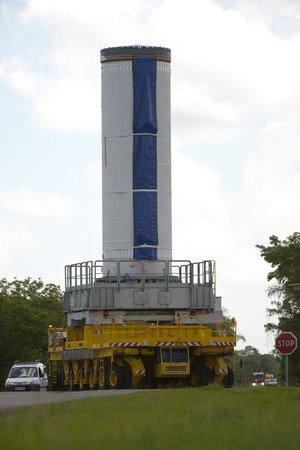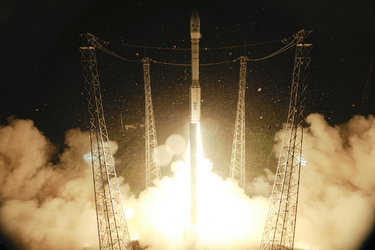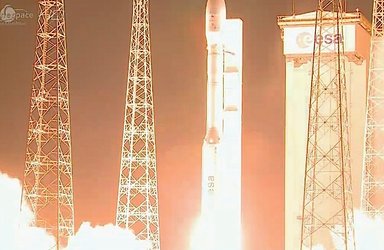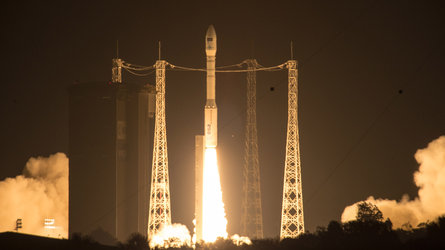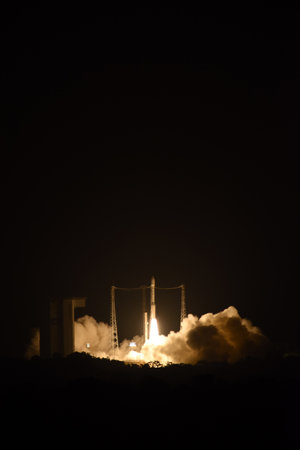Vega
Vega joined the family of rockets at Europe’s Spaceport in French Guiana in 2012, delivering satellites and spacecraft to equatorial and Sun-synchronous orbits, its last flight was in 2024.

Vega development started in the 1990s when studies in several European countries investigated the possibility of complementing the Ariane family of launchers with a rocket specific for smaller payloads. Vega became an official ESA programme in 1998 and was the first development fully-managed by ESA.
Unlike most small rockets at the time, Vega could place multiple payloads into separate orbits on a single flight. This versatility allowed for quicker, easier and cheaper access to space.
Vega could deliver around 1500 kg into a 700 km circular orbit at 90° inclination. This made Vega an ideal rocket for scientific and Earth observation missions. Vega carried its maximum payload capacity of 2000 kg when it launched ESA’s IXV spaceplane demonstration into orbit.
Vega elements
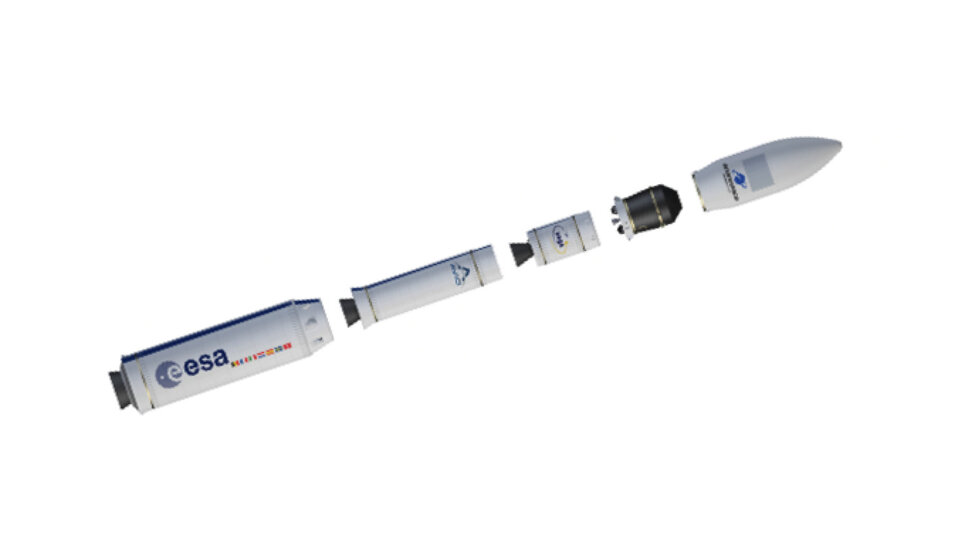
Vega was a 3 m-diameter rocket that stood 30 m tall and weighed 137 000 kg on the launch pad. It had three solid-propellant stages and a liquid-propellant module for attitude and orbit control as well as satellite release.
The first stage, P80, burnt through 88 tonnes of propellant, it was the largest one-piece carbon fibre solid-propellant motor in the industry. The second stage, Zefiro-23, burnt 23.9 tonnes, and the third stage, Zefiro-9, the most efficient-performance solid propulsion motor at the time burnt through 10 tonnes of propellant on a Vega launch.
Vega's fourth stage was called AVUM – the Attitude and Vernier Upper Module – it was a liquid-propellant stage that allowed for multiple restarts allowing it to release multiple satellites into different orbits as well as deorbit itself at the end of a mission.
Vega history
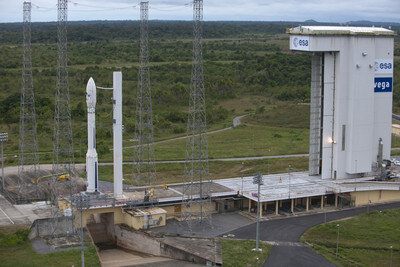
Vega became an ESA programme in June 1998, when the agency took over the small-launcher programme of Italy’s ASI space agency.
Following Vega’s debut on 13 February 2012, ESA ensured a smooth transition of Vega from development to exploitation. This included securing the initial exploitation of Vega by supporting the development of complementary technical advances and demonstrating a range of capabilities and flexibility over five more launches. The Vega Research and Technology Accompaniment programme, VERTA, was set up in December 2011 and ended on 3 December 2015 with the launch of LISA Pathfinder on Vega's sixth flight. Vega then moved to full commercial exploitation with Arianespace launch operator.

As Vega operated commercially ESA refined and improved the launch system configuration and operations to lower costs by speeding up the time to launch.
The Vega launches in 2015 (IXV, Sentinel-2A and LISA Pathfinder) showed the system could reach three missions a year.
In 2020 Vega demonstrated a new modular payload dispenser called the Small Spacecraft Mission Service (SSMS) and was the first launcher in the world to carry more than 50 satellites to space on a single flight proving offering routine affordable rideshare missions with small satellites.
In total Vega flew 22 missions with 20 successful flights sending more than 100 satellites into space from 22 countries. The rocket launched 12 satellites from European institutions.
Evolving Vega

Vega-C, a more powerful version of Vega with a larger fairing debuted in 2022. It uses the same P120C motor that are used on Ariane 6 as its boosters reduce costs for both rockets, allowing Vega-C launches to be offered at similar cost to Vega while delivering more – Vega-C can launch up to 2300 kg into orbit.
The evolutions don’t stop at Vega-C, development is continuing to increase competitiveness running in parallel with Vega-C developments with a larger more powerful first stage and the next Vega rocket in line Vega-E.


Access the video














 Germany
Germany
 Austria
Austria
 Belgium
Belgium
 Denmark
Denmark
 Spain
Spain
 Estonia
Estonia
 Finland
Finland
 France
France
 Greece
Greece
 Hungary
Hungary
 Ireland
Ireland
 Italy
Italy
 Luxembourg
Luxembourg
 Norway
Norway
 The Netherlands
The Netherlands
 Poland
Poland
 Portugal
Portugal
 Czechia
Czechia
 Romania
Romania
 United Kingdom
United Kingdom
 Slovenia
Slovenia
 Sweden
Sweden
 Switzerland
Switzerland



















































